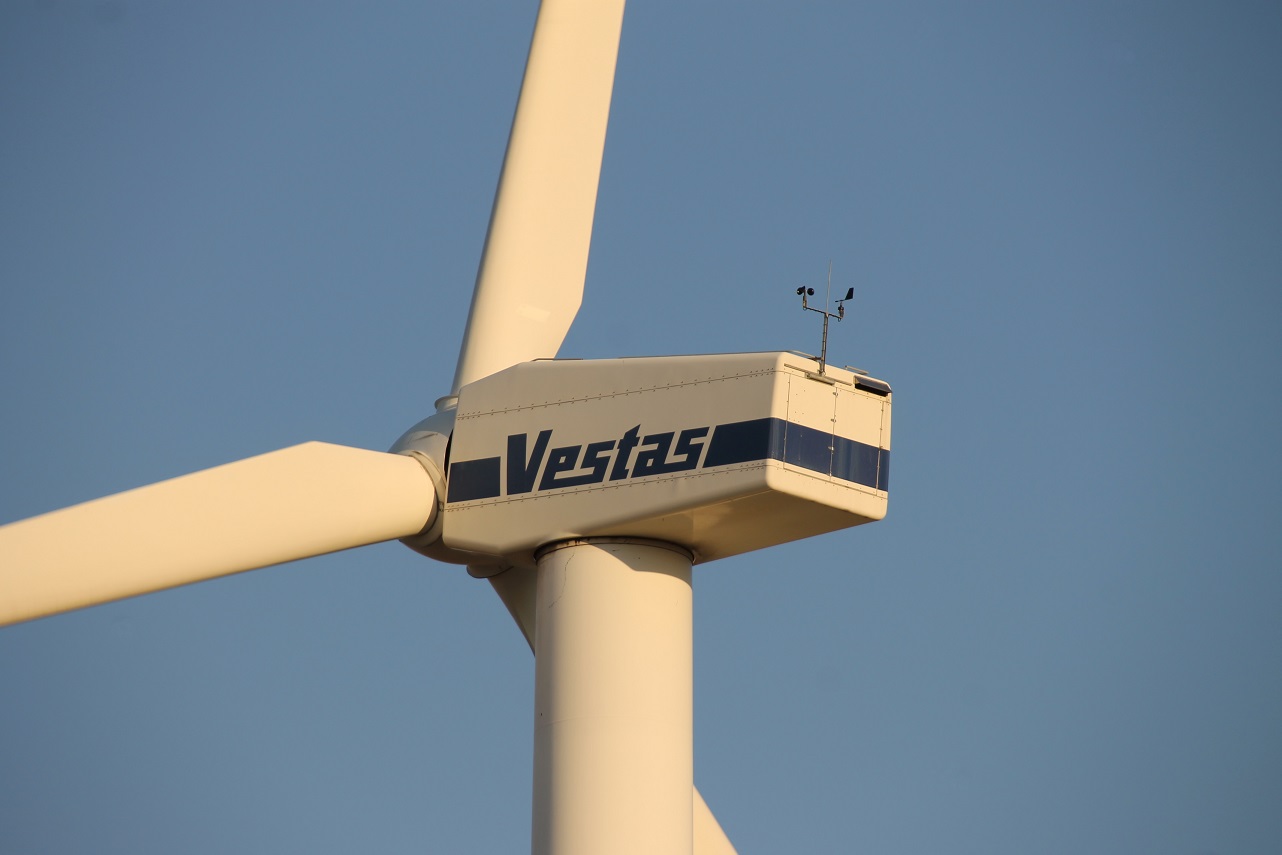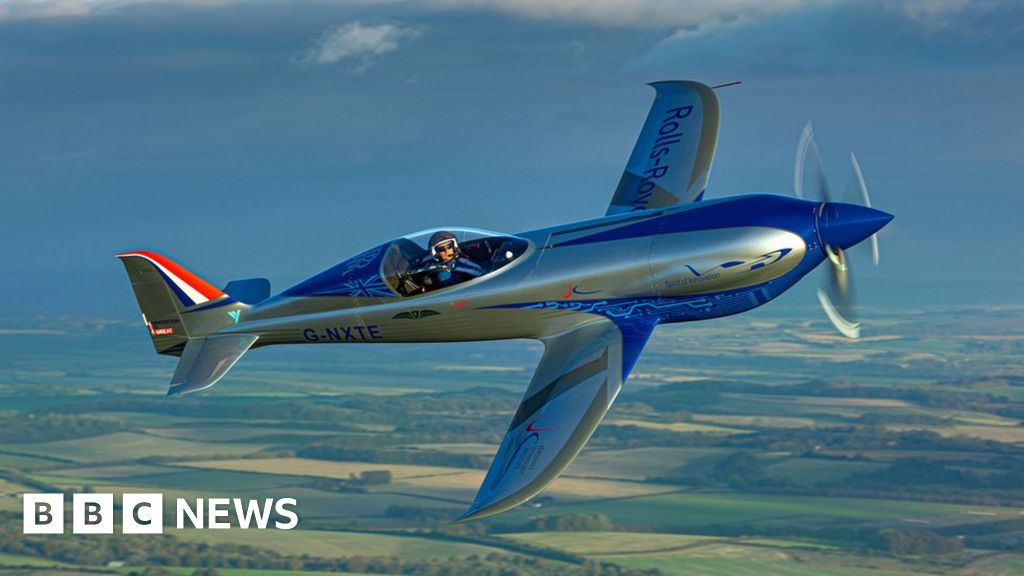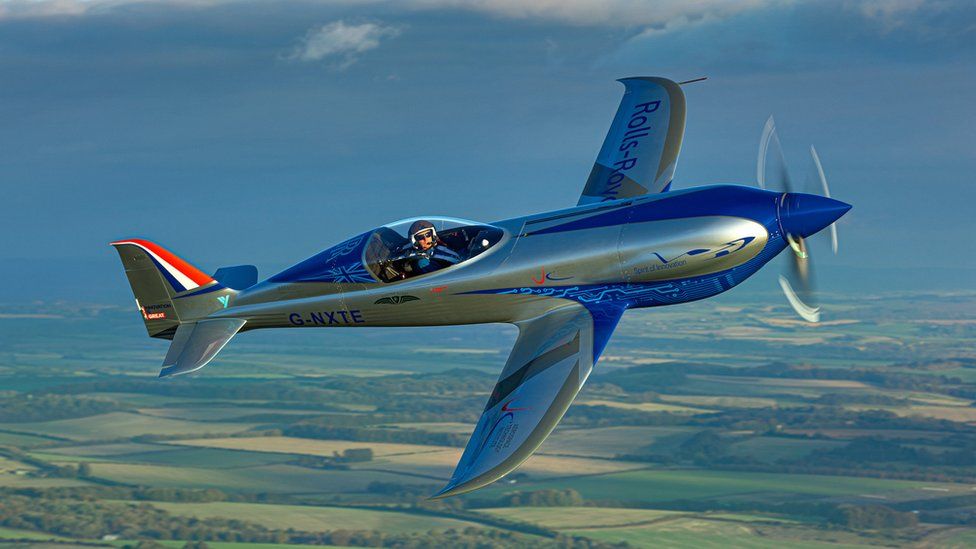So, the more I've explored this the more I can see where ATTACK MODE adds a lot of excitement and an element of uncertainty to these races and allowing the audience to be engaged in metering out small amounts of extra power now makes more sense to me.
The attack mode was added because the racing was too boring, often just a procession with no overtakes. It hasn't helped a lot since the teams almost always do their best to avoid using it, very common for them to activate it under a safety car when it has no effect! There are several reasons for that, including the fact that the extra power empties the batteries faster, so is not actually extra power, just the ability to use it faster.
Fan boost was there from the start, included as part of the E in the name. It has always resulted in the same drivers getting the boost every week, so does not really add to the racing, plus the amount of boost is normally not enough for a single overtake!
Biggest issue is that the cars are too heavy, it is set up to mimic F1, but that format requires very lightweight cars for great racing. The Extreme-E race series has got it right, using electric cars for what Electric is good for.
The other big problem is that the race tracks are not race tracks, they are city streets or parks temporarily lined with advertising boards, which makes for very poor racing compared to F1. This was intentional to avoid the fans emitting CO2 on their journeys to the race track, better to bring the race track to the people, but it is not suited to the car design.
Is it open wheel racing ?
Those fairings over the wells cant take much of a hit i recon, but then again get catapulted off a open wheel, thats no fun either.
The fairings often come off, doesn't affect the car much, they seem to be irrelevant to the aerodynamics!
At least 2 of the Formula E races I saw they had 'pit stops' of a sort - they changed cars at about the halfway point to address that.
The pit stops were good, the drivers could drive for a few laps without worrying about damaging their car, because they were about to get a new one, but if they damaged the car of someone who had just pitted then they had a good chance of overtaking them after pitting even though they were effectively a whole pitstop behind!
When I was perusing YouTube videos of Formula E racing deciding which ones to post in this thread there was a race where most of the cars ran out of juice in the final stretch and the one that still had power won the race.
That was back in the spring this year I think. They had all planned their fuel use to cross the line having used 100.00%, and then the organisers added one more lap than expected following a safety car, but didn't announce it soon enough for a change of plan!
Formula E is a long way from F1 performance, batteries are just too heavy/KWh to be competitive with liquid fuels, not even fuel cell electric can get close at the moment, thus F1 going for synthetic fuels. It seems quite likely that F1 will achieve Net Zero first though!






